Unit 6 part 2
التفريغ النصي
اخفاء التفريغIn this session, we will continue the types and levels of knowledge. Bloom's taxonomy is another model that is useful for assessment. It classifies behaviors into three categories, the cognitive, affective and psychomotor domains. The cognitive domain has received the most attention in both teaching and assessment. It consists of sex levels starting with remembering, followed by understanding, application, analysis, evaluation and end with creation. With each level requiring a greater cognitive investment than the one preceding it. And now we will start with each level of explanation in details. Let us start. The first stage is remembering. At this stage, learning is about memorizing basic facts, dates, events, persons, places, concepts, patterns and so on. At this level, educators might ask simple questions like what are the most spoken language in Latin America? What is the chemical formula for the term? Who was the first president of the United States? And the associated cognitive processes related to this level are recognizing and it means locating knowledge in a long-term memory related to the presented material, such as recognizing the dates of important historical events. And the second is recalling and it's relating to retrieving the knowledge from the long-term memory, such as recalling the dates of important historical events. The second level is the understanding and at this point learners might be asked to explain a concept in their own words or to describe a mathematical graph. The process associated with understanding are first interpreting and it implies changing the form one form of representation to another. It might be transforming a numerical information into verbal. The second is the exemplifying. Is finding of a specific illustration of a concept or a principle? Fairly clarifying. Classifying is determining a category of something. Like for example, the classification of mental disorder. Another example is summarizing. Some writing means retrieving a general theme of a scientific point, such as writing a short summary or a story. Another associated the processes with the understanding are inferring and inferring meanings a drawing of a logical conclusion from given information. Such as formulating the grammatical principles of a foreign language from presented examples. Next is the comparing. Comparing is a finding of correspondences between two ideas or two objects. And finally, explaining. Explaining is constructing a cosine-effort model of a system, such as explaining the causes of the French revolution. In this session we have covered the remembering and understanding methods. In the next session we will continue with applying, analyzing, evaluating and creating methods of new stacks on them.
محتوى البرنامج
- Pre-test image
- Pre-test
أنت على وشك بدء الاختبار. Pre-test
فور بدء الاختبار سوف تحسب لك محاولة جديدة لأخذ الاختبار
- Post-test image
- Post-test
أنت على وشك بدء الاختبار. Post-test
فور بدء الاختبار سوف تحسب لك محاولة جديدة لأخذ الاختبار
